Municipal Separate Storm Sewer System (MS4) refers to a collection of structures designed to gather stormwater and discharge it into local streams and rivers.
The storm drain system was constructed to protect public health and safety by preventing flooding of homes, businesses, and streets during storm events. The storm drain system consists of gutters, catch basins, manholes, underground pipes, roadside ditches, and channels. When it rains, or if the yard is over watered, untreated pollutant sources are flushed to the storm drain system and into our watersheds.
Here are 5 easy steps you can do to help protect our watersheds:
- Rainbows in the sky, not on our roads! Auto waste is one of the main pollutants of our storm drain system. When it rains, auto waste flows into nearby storm drains and into our rivers and ocean. Maintain your car free from oil and other fluid leaks to avoid harmful fluids from flowing into the street and storm drains. Do not wash your car in the street. If possible, try washing your car near landscaped areas and divert soap, dirt and water runoff to keep it out of the storm drains.
- When it rains, it drains! You can help prevent stormwater pollution by properly disposing of your trash, debris and rubbish so it does not drain into the storm system.
- Stop POO-llution! You can help prevent stormwater pollution and keep the street clean by picking up your pet’s waste and discarding of it properly in the trash can.
- Think twice about pesticides! When pesticides or herbicides mix with stormwater runoff, it pollutes our waterways. Do not apply pesticides or other chemicals near storm drains or when it is about to rain.
- Save water, save our storm drain! Watering the yard less helps reduce water runoff. Avoid spraying sidewalks, driveways, and streets to prevent pollutants from being carried into storm drains.
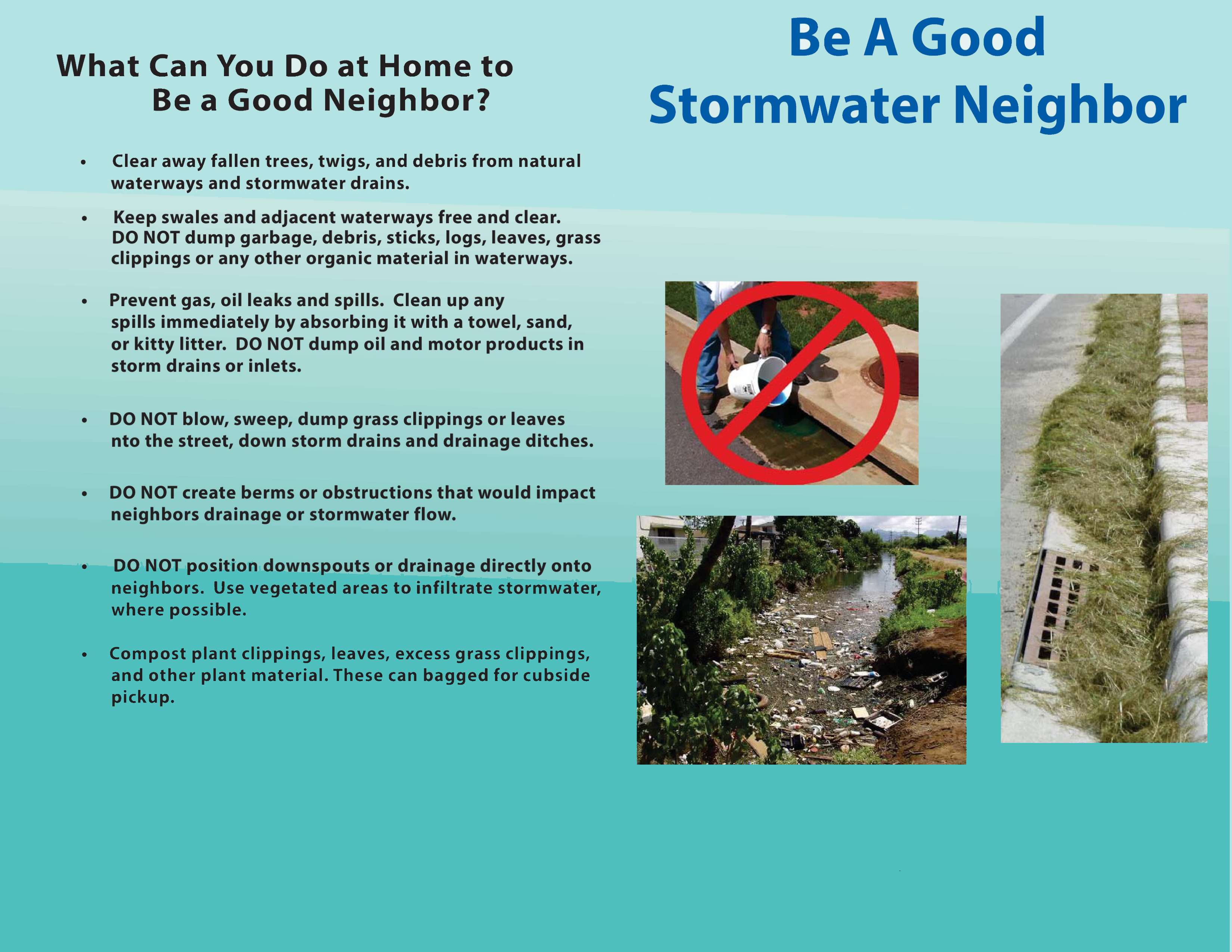
***
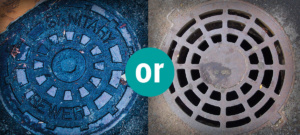
Do you know the difference between a storm drain and a sewer drain?
***
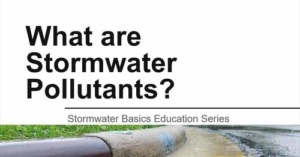
***
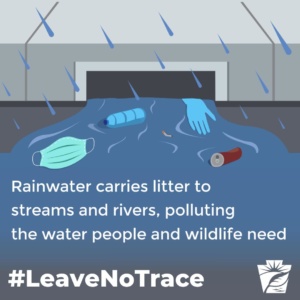
***

Rainwater carries litter to streams and rivers. Please dispose of all trash properly.
What Is Stormwater?
Stormwater is water from rain and melted snow that flows across the ground into the storm sewers found at low points and along the sides of streets. The stormwater flows through a system of pipes and roadside ditches that make up the storm sewer system. The water eventually finds its way to lakes, rivers, streams, wetlands, and the ocean.
–
What’s The Problem?
Stormwater becomes a problem when it picks up debris, chemicals, dirt and other pollutants which end up in our receiving waters that we use for drinking water and recreation.
–
What Can You Do To Help?
Properly dispose of hazardous substances such as used oil, cleaning supplies and paint.
Use pesticides, fertilizers, and herbicides properly and efficiently to prevent excess runoff. Avoid blowing grass clippings and leaves into the street. Help keep storm inlets clear of trash and other debris.
Look for signs and other pollutants, such as debris and chemicals, leaving in stormwater runoff or tracked onto roads by construction vehicles. Report poorly managed construction sites that could impact stormwater runoff to our community.
Pick up after your pets and dispose of their waste properly.
Report any discharges from storm system outfalls during times of dry weather. This is a sign that there could be a problem with the storm sewer system.
Install innovative stormwater practices on residential property, such as rain barrels or rain gardens, that capture stormwater and keep it on site instead of letting it drain away into the stormwater system.
–
For more information, click here http://water.epa.gov/
***
A Community Watershed Approach to Stormwater Management
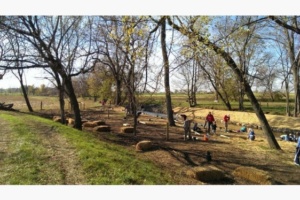
Learn how The Little Conestoga Partnership worked to provide innovative, cost-effective tools and approaches to achieve reductions in stormwater pollution.
Video: A Community Watershed Approach to Stormwater Management
***
Using Green Infrastructure to Reduce Stormwater Runoff
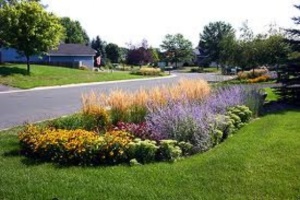
Melissa Hess, Senior Project Manager for URS, discusses green infrastructure projects installed in communities that are both beautiful and functional.
***
Stormwater Impacts and Green Solutions in Your Watershed Webinar
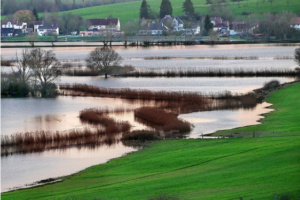
Discusses stormwater issues and solutions with an Extension Urban Forester.
Video: Stormwater Impacts and Green Solutions
***
Climate Change and Water Management in Eastern States
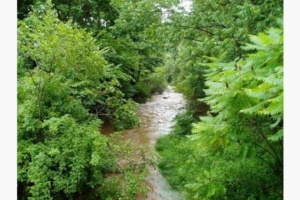
Climate change poses significant challenges for water policy makers.
***
***
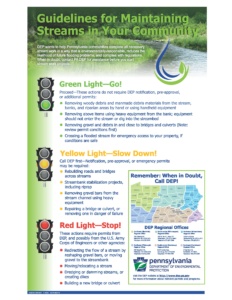
Stormwater
Restoring Rain’s Reputation: What Everyone Can Do To Help
Rain by nature is important for replenishing drinking water supplies, recreation, and healthy wildlife habitats. It only becomes a problem when pollutants from our activities like car maintenance, lawn care, and dog walking are left on the ground for rain to wash away.
Here are some of the most important ways to prevent storm water pollution:
Properly dispose of hazardous substances such as used oil, cleaning supplies and paint – never pour them down any part of the storm sewer system and report anyone who does.
- Use pesticides, fertilizers, and herbicides properly and efficiently to prevent excess runoff.
- Look for signs of soil and other pollutants, such as debris and chemicals, leaving construction sites in storm water runoff or tracked into roads by construction vehicles. Report poorly managed construction sites that could impact storm water runoff to your community.
- Install innovative storm water practices on residential property, such as rain barrels or rain gardens, that capture storm water and keep it on site instead of letting it drain away into the storm sewer system.
- Report any discharges from storm water outfalls during times of dry weather – a sign that there could be a problem with the storm sewer system.
- Pick up after pets and dispose of their waste properly. No matter where pets make a mess – in a backyard or at the park- storm water runoff can carry pet waste from the land to the storm sewer system to a stream.
- Store materials that could pollute storm water indoors and use containers for outdoor storage that do not rust or leak to eliminate exposure of materials to storm water.
The above information is an excerpt from the PA Dep brochure “When It Rains, It Drains” – Understanding Storm Water and How It Can Affect Your Money, Safety, Health, and the Environment.
For more information go to: DEP Stormwater information
***
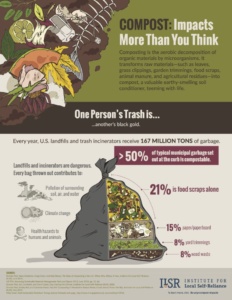
***
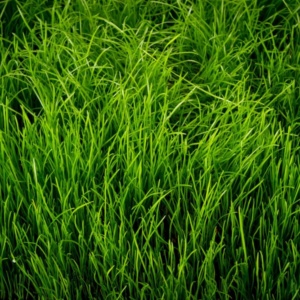
Homeowner’s Guide to Stormwater: Healthy Lawn Care
***
Look for Zero Phosphorus Lawn Fertilizer
***
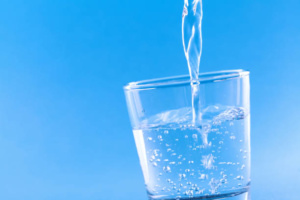
Clean water benefits all of us; learn how to do your part.
***
Study of Algae vs. Cyanobacteria
https://www.youtube.com/watch?v=Zp51HD4KqGE
***
After the Storm – Envionmental Protection Agency 2006 – EPA 841-C-06-001 – After the Storm: Co-Produced by the U.S. EPA and The Weather Channel. The show highlights three case studies—Santa Monica Bay, the Mississippi River Basin/Gulf of Mexico, and New York City—where polluted runoff threatens watersheds highly valued for recreation, commercial fisheries and navigation, and drinking water. Key scientists and water quality experts, and citizens involved in local and national watershed protection efforts provide insight into the problems as well as solutions to today’s water quality challenges. After the Storm also explains simple things people can do to protect their local watershed-such as picking up after one’s dog, recycling household hazardous wastes, and conserving water. The program is intended for educational and communication purposes in classrooms, conferences, etc.
***
What is the foam in your waterways?
***
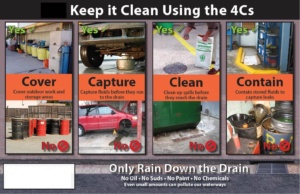
***

Homeowner’s Guide
***

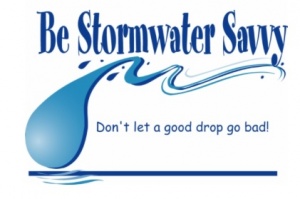
***
NEW! Learning opportunities offered by the Penn State Extension Master Watershed Steward Program in Lehigh and Northampton Counties
***
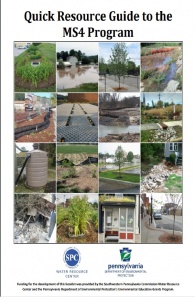
MS4 Resource Guide
***
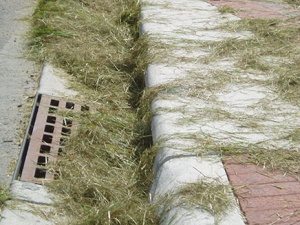
Did you know that intentionally blowing grass clippings from your mowed lawn into the street could be dangerous to others, illegal and could cost you fines and even a lawsuit?
Some of us do not give much thought as to the direction we blow our grass clippings when we mow our grass and may be blowing them out into the street. Freshly cut grass is slippery and can cause a motorcyclist or bicyclist to lose traction and crash. Some motorcyclists have described riding on fresh cut grass as like riding on ice. Lawsuits have been filed by motorcyclists when they have lost control after hitting a patch of grass clippings blown into the street by a homeowner. They have sued the homeowner for negligence. The suit accused the homeowners of dumping the grass in the street and causing an “unreasonably dangerous condition that involved an unreasonable risk of harm to those on the roadway.”
As previously posted, for those of you that are environmentally friendly, it’s important to know that when grass clippings reach our waterways, there may be some harmful effects to the water. The waste adds excess nutrients such as nitrogen and phosphorus, leading to uncontrolled growth of algae and invasive aquatic weeds.
West Easton Borough Ordinance #2023-07 states that a “nuisance” shall include, but not limited to: (Section I): Washing, tracking or otherwise depositing dirt, mud, soil, stone, grass clippings or other debris upon or onto sidewalks or the pavement of streets or alleyways, without removing the same before 8pm of the day on which it was deposited.
So, for the reasons listed above, please use a mulching mower or blow your grass clippings INTO your yard, NOT out into the street.
***
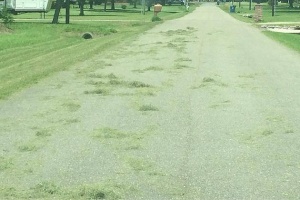
MS4 and Grass Clippings:
WHEN CUTTING YOUR GRASS….
Please be sure to aim the chute back into your yard. Grass in the roads makes it dangerous/slippery in rainy weather and it is not good for it to go down into the storm drains.
From the Borough of Baldwin website:
With the rains that occurred over the past two months, many of us have had to mow our lawns more often. These heavy rains can also contribute to grass clippings ending up in storm water runoff. Grass clippings that are blown into the street eventually enter the street storm drain.
When lawn clippings, fertilizers, soil, leaves, or animal wastes, are picked up by storm water runoff, they are carried directly to our local streams and lakes. All of these materials including grass clippings contain phosphorus. According to the U.S. EPA, phosphorus is one of the most troublesome pollutants in storm water runoff and it is considered the primary cause of water quality problems in our lakes, ponds and streams.
Grass clippings contribute nutrients such as nitrogen and phosphorous, which cause unwanted and uncontrolled growth of algae and aquatic weeds in the waterways. Increased algae growth is observed as green algae blooms or “scums” on lakes and ponds. Too much algae is harmful to a lake system. It blocks sunlight and prevents other plants from growing. When it dies and decays, it also takes much needed oxygen away from fish. Limiting phosphorus reduces algae blooms. According to the Northeast Wisconsin Stormwater Coalition, one bushel of fresh grass clippings can contain 0.1 pounds of phosphorus which if it ends up in lakes or ponds is enough to produce 30 to 50 pounds of algae.
When mowing your yard, make certain that you do not blow grass clippings into the street. Lawn clippings blown into the street and not cleaned up by the homeowner may enter the storm system. When mowing, make the first few passes with the lawnmower blowing the grass clippings into the lawn not the street. If there are grass clippings on the street or sidewalk, use a broom or leaf blower to blow them back into the lawn. Do not use a hose to wash them into the street or storm drains. Keeping your leaves and lawn clippings out of the streets and gutters will have significant benefits for your local lake or stream. You can reduce the amount of phosphorus entering a lake or stream and keep one of our most precious renewable resources clean for the next generation.
***
***
***
***
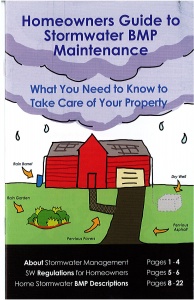
Homeowners Guide to Stormwater BMP Maintenance
What You Need to Know to Take Care of Your Property
***
The Borough of West Easton invites its residents to review the following information as it pertains to regulation that the Borough is required to accomplish to satisfy DEP requirements during the next 5 years. Please submit any questions or concerns you may have to the Borough office (boroughmanager@WestEastonBorough.org) or in person at Borough Hall, 237 Seventh Street, West Easton, PA.
***
***
***
WHAT HAPPENS AFTER THE FLUSH?
Trash it! Don’t Flush it! “Out of sight, out of mind” is the attitude most of us have when it comes to flushing the toilet, running the dishwasher or popping the bathtub drain. But all that dirty water leaving your residence is called “wastewater” which has to end up somewhere. That “somewhere” is the Easton Area Joint Sewer Authority’s (EAJSA) Wastewater Treatment Plant. This plant runs the wastewater through a process that progressively removes solids, dissolved solids and harmful pathogens. By the time water is released into the Delaware River, it has spent many hours in the facility and is clean enough to provide a daily source of clean, fresh water to the river – an average of 5 to 6 million gallons per day.
To read the rest of this article, CLICK HERE
***
MS4 Coloring Book-1
***
What Is An “Illicit Discharge”? Federal regulations define an illicit discharge as “…any discharge to an MS4 that is not composed entirely of stormwater…”
To learn more on illicit discharges, click the link below:
Illicit Discharge Detection and Elimination
***
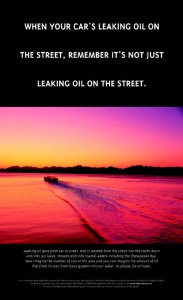
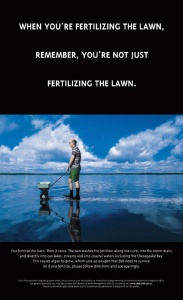
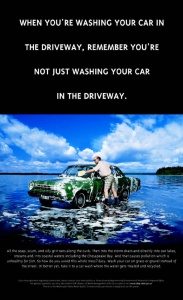
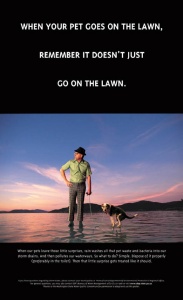
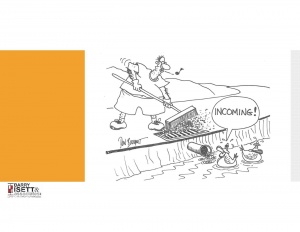
What does it mean to be an MS4 Community?
MS4 Basics
***
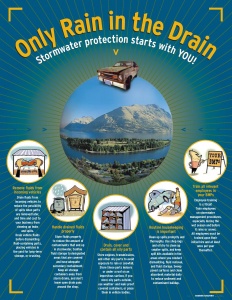
Only Rain In The Drain
***
Northampton County Conservation District
***
PA Department of Environmental Protection
***
When It Rains It Drains. Understanding stormwater and how it can affect your money, safety, health and the environment.
Rain Drain Brochure
~~~~~~~~~~~~~~~~~~~~~~~~~~~~~~~~~~~~~~~~~~~~~~~~~~~~~~~~~~~~~~~~~~~~~~~~~